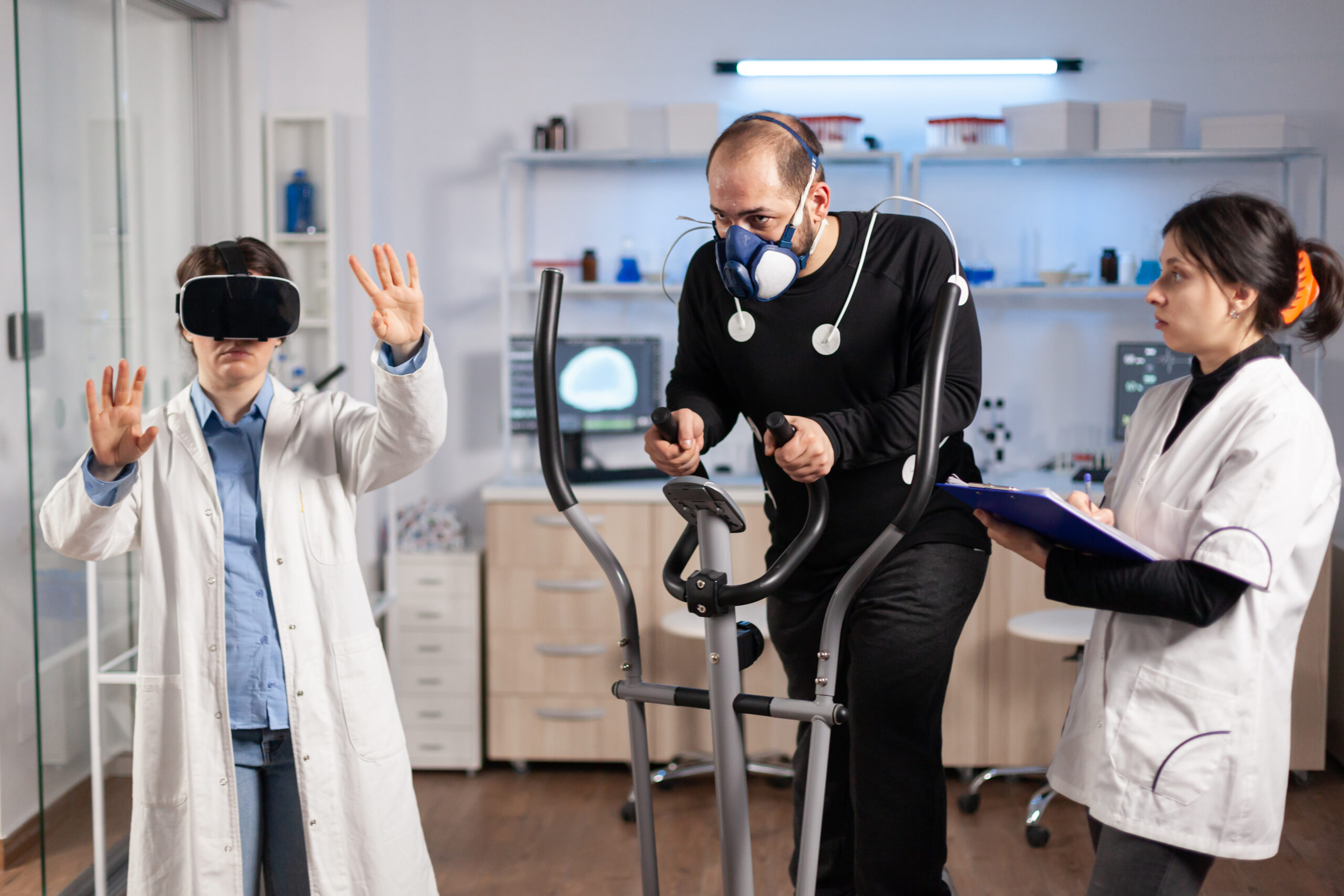
Pain is a universal experience that has challenged humanity for centuries. For much of history, traditional methods have been the primary means to alleviate pain, relying on natural remedies, physical therapies, and simple pharmacological treatments. However, advances in medical science have transformed pain care, introducing cutting-edge interventions that provide more targeted, effective, and personalized relief. This article explores the evolution from traditional pain management techniques to modern innovations reshaping how pain is understood and treated today.
The Foundation of Traditional Pain Management
Traditional pain management methods have roots in ancient practices. Herbal remedies, acupuncture, massage, and physical therapy were among the earliest strategies to reduce discomfort and improve function. These approaches emphasized holistic care, often combining physical, emotional, and spiritual healing.
Pharmacological options like aspirin and opioids, derived from natural sources, became mainstays in managing acute and chronic pain. Despite their limitations and side effects, these traditional tools laid the groundwork for understanding pain mechanisms and relief methods.
Advancements in Pharmacological Treatments
While traditional medications like opioids have long been used, modern pharmacology has introduced a wider array of options. Nonsteroidal anti-inflammatory drugs (NSAIDs), muscle relaxants, antidepressants, and anticonvulsants now play essential roles in managing various pain types, especially chronic pain conditions.
In addition, increasing attention is being paid to developing safer, non-addictive medications. Researchers focus on targeting specific pain pathways to reduce side effects and improve quality of life. These advances represent a significant shift toward more precise and patient-friendly pharmacological interventions.
The Role of Minimally Invasive Procedures
Cutting-edge pain care increasingly incorporates minimally invasive procedures to address pain at its source. Techniques such as nerve blocks, epidural steroid injections, and radiofrequency ablation offer alternatives to systemic medications. These procedures provide targeted relief by interrupting pain signals or reducing inflammation locally.
Minimally invasive methods often reduce recovery time, lower complication risks, and improve patient outcomes. They are particularly valuable for conditions like back, neuropathic, and joint disorders, expanding options beyond traditional surgery or medication.
Integrating Neuromodulation Therapies
Neuromodulation represents one of the most promising innovations in pain management. Techniques like spinal cord and peripheral nerve stimulation involve implanting devices that deliver electrical impulses to disrupt pain signals.
These therapies provide significant relief for patients with chronic, refractory pain who have not responded to conventional treatments. Neuromodulation is customizable and reversible, making it an attractive option in personalized pain care.
Embracing Regenerative Medicine
Regenerative medicine is emerging as a groundbreaking field in pain management. Treatments such as platelet-rich plasma (PRP) injections and stem cell therapy aim to repair damaged tissues and promote healing, rather than just masking symptoms.
By harnessing the body’s natural healing processes, regenerative interventions offer hope for longer-lasting relief in conditions like osteoarthritis, tendon injuries, and joint degeneration. Ongoing research continues to refine these therapies, expanding their potential applications.
The Impact of Digital Health and Telemedicine
Technology has also revolutionized how pain care is delivered. Digital health tools, including mobile apps and wearable devices, enable continuous pain monitoring, patient education, and real-time communication with healthcare providers.
Telemedicine has increased accessibility to pain specialists, especially for patients in remote or underserved areas. Virtual consultations and remote therapy sessions provide convenient, timely support, improving adherence to pain management plans and overall care coordination.
The Growing Emphasis on Multidisciplinary Care
Modern pain management recognizes that pain is complex, influenced by physical, psychological, and social factors. To address pain holistically, multidisciplinary pain clinics combine medical treatments with physical therapy, psychological counseling, and lifestyle coaching.
This integrated approach improves outcomes by treating the whole person rather than just symptoms. Patients benefit from coordinated care plans emphasizing self-management, education, and functional restoration.
The Future of Personalized Pain Treatment
As understanding of pain mechanisms deepens, personalized medicine shapes the future of pain care. Genetic profiling, biomarkers, and advanced imaging techniques help identify individual pain pathways and treatment responses.
This knowledge allows clinicians to tailor therapies to each patient’s unique profile, maximizing efficacy and minimizing side effects. Personalized pain management promises more precise, effective, and compassionate care.
Pain management has evolved dramatically from traditional remedies rooted in ancient wisdom to sophisticated, technology-driven interventions. Today’s approaches blend the best of both worlds—harnessing time-tested techniques while embracing innovation. This evolution enhances the ability to relieve pain, improve function, and restore quality of life for millions worldwide.